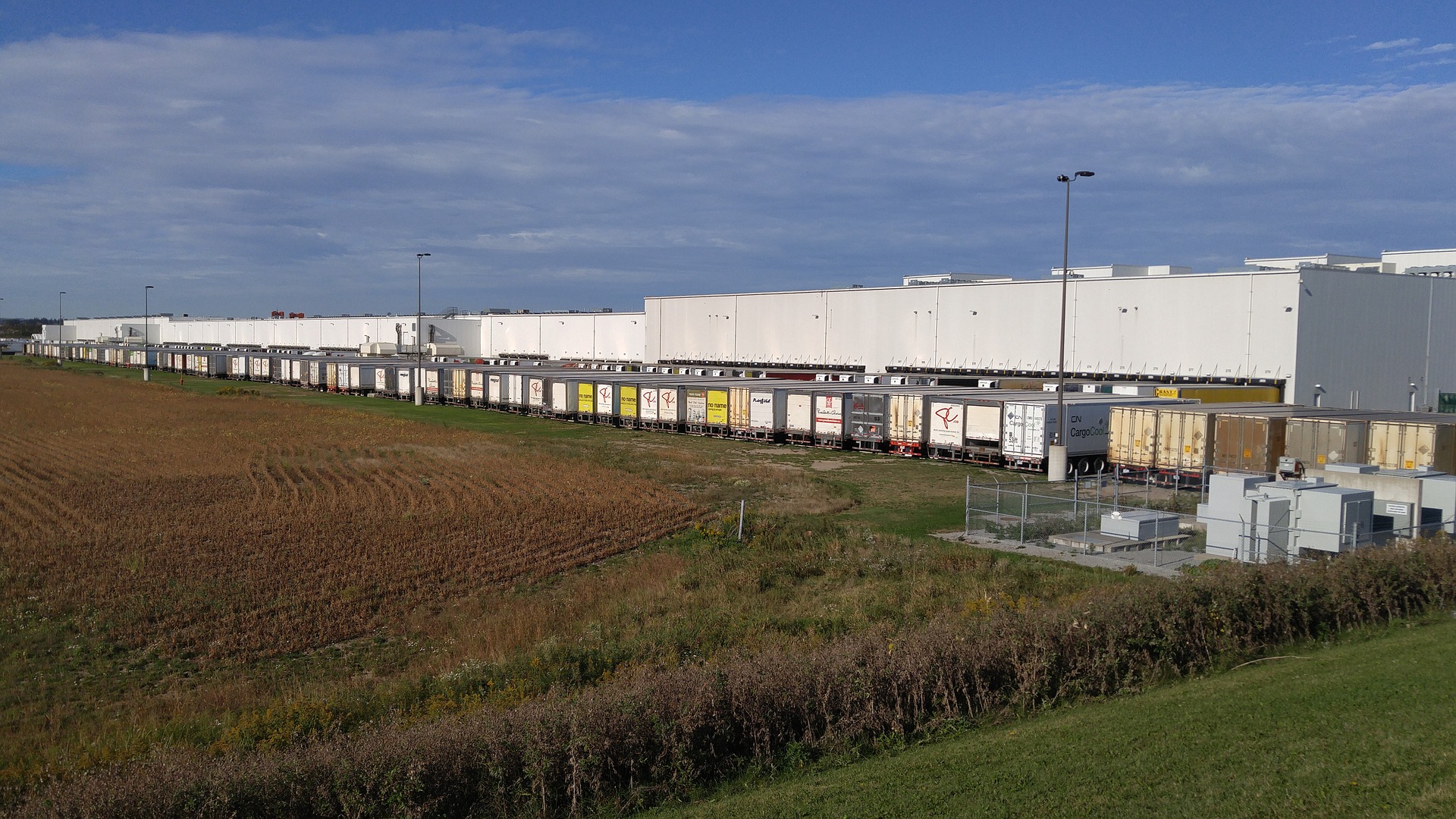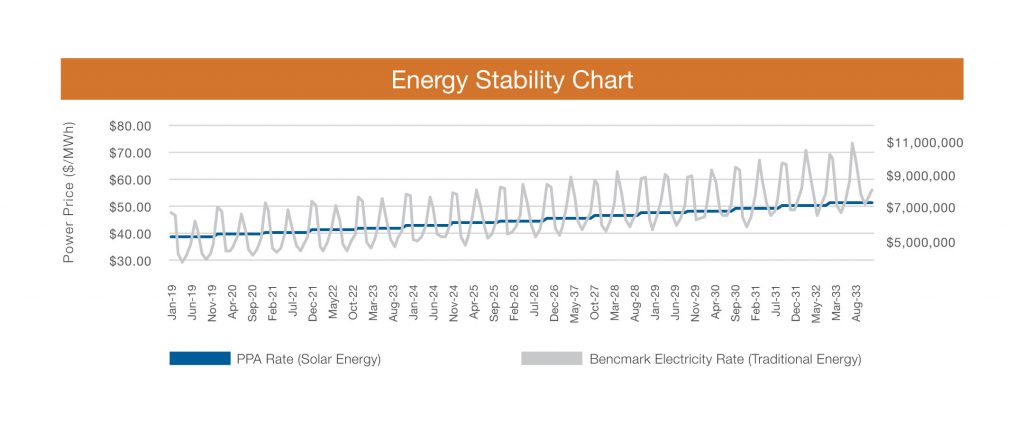Would you pick up a penny on the street? What about a nickel? A dime? A quarter? At one point in time, renewable energy investments were analogous to penny-picking in terms of savings; the energy exerted and time spent was comparatively unprofitable. Now in 2017, we are operating in a different realm of the energy era. Utility-scale solar has grown faster than any other generating technology within the past seven years, at an average rate of 72% since 2010, and the price of electricity from solar is cratering. Change is afoot and solar is the silver dollar- pick it up.
The Cost-Benefit is With Solar
As supply chain management (SCM) practices evolve, firms and their supply chain partners are collaborating more and more to reduce waste and industrial pollution, minimize environmental risks, and improve community goodwill. Companies are finding ways to leverage their supply chain cycle to maximize cost savings while at the same time doing more to satisfy the consumer. Additionally, operations technology across the board is becoming increasingly automated across industries and supply chain structures. That means most companies are consuming energy at higher rates than ever before.
Enter solar. With a cost trend-line lower than fossil fuels, solar energy’s cost of electricity has seen a precipitous reduction – almost 75% since 2009, and a projected to decline 66% more by 2040. Even more, while traditional utility prices continuously fluctuate without warning, the predictability of solar Power Purchase Agreements (PPAs) are consistent and improve financial forecasting accuracy. PPAs, or solar energy contracts, offer stable and fixed energy pricing for 20-25 years. These reliable, low energy rates and minimal utility-maintenance costs directly result in a decreased operating expense ratio (OER) offering more upside potential for property profitability.
Additional financial benefits may be available depending on the state where a company operates and the company’s tax liability. Solar legislation on the state and federal level can potentially unlock a new source of income. Several states now have policies such as renewable portfolio standards to encourage solar deployment. And, the federal government currently provides a 30% investment tax credit once you place a solar system in operations. So, it turns out the benefits of taking time to pick up all these coins can be quite lucrative.
The Future of SCM is Green
Beyond risk mitigation and financial savings, solar can help you achieve another standard of green. As you know, your SCM system is material to enhancing profits through market share and customer satisfaction. At the heart of this customer-centric SCM approach is a commitment to environmental-friendly production. The spotlight radius of renewable energy and climate advocacy continues to expand, and customers are demanding transparency about corporate sustainability initiatives. As such, SCM practices such as carbon monoxide emissions, the disposal of packaging products, and scrapped toxic materials have a material impact on brand equity, and thus patronage – the lifeblood of any business. In Fact, the World Commission on Environment and Development has established a link between the economy, society, and the environment; their studies have shown a positive correlation between healthy environmental systems and economic growth. When choosing solar, businesses can focus on long-term profitability while simultaneously reducing environmental and social risks, building a stronger competitive advantage and organizational sustainability.
A Customizable Energy Option
Among the largest and increasing operational expenses for companies today is electricity, or the utilities line item. No matter what, you must procure electricity. But, it’s not a single source question anymore. Advances in energy technology resulting in falling prices for alternative energy sources just gave us a multiple-choice question with far more potential benefits, and solar may just be the right answer. Solar is highly customizable in size and location to fit a company’s specific load, facility constraints, financial goals, and sustainability targets.
Shameless plug: renewable energy is complex, and navigating the technology and economics of solar can be overwhelming. So, reach out to Sol Systems. We can do the penny-picking for you. Our experienced subject matter experts can run a model with the specifics of your load, location, and business criteria to see how a customized solar system would benefit your business specifically.
ABOUT SOL SYSTEMS
Sol Systems, a national solar finance and development firm, delivers sophisticated, customized services for institutional, corporate, and municipal customers. Sol is employee-owned, and has been profitable since inception in 2008. Sol is backed by Sempra Energy, a $25+ billion energy company.
Over the last eight years, Sol Systems has delivered more than 600MW of solar projects for Fortune 100 companies, municipalities, universities, churches, and small businesses. Sol now manages over $650 million in solar energy assets for utilities, banks, and Fortune 500 companies.
Inc. 5000 recognized Sol Systems in its annual list of the nation’s fastest-growing private companies for four consecutive years. For more information, please visit www.solsystems.com.





